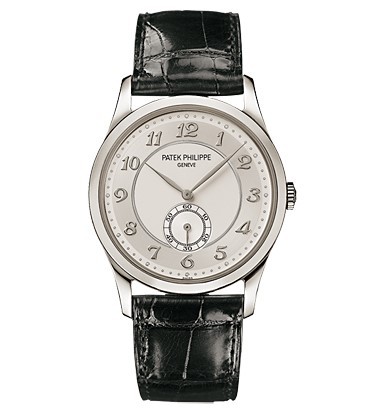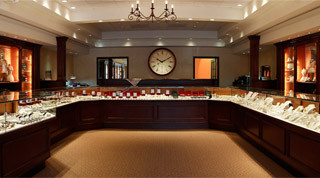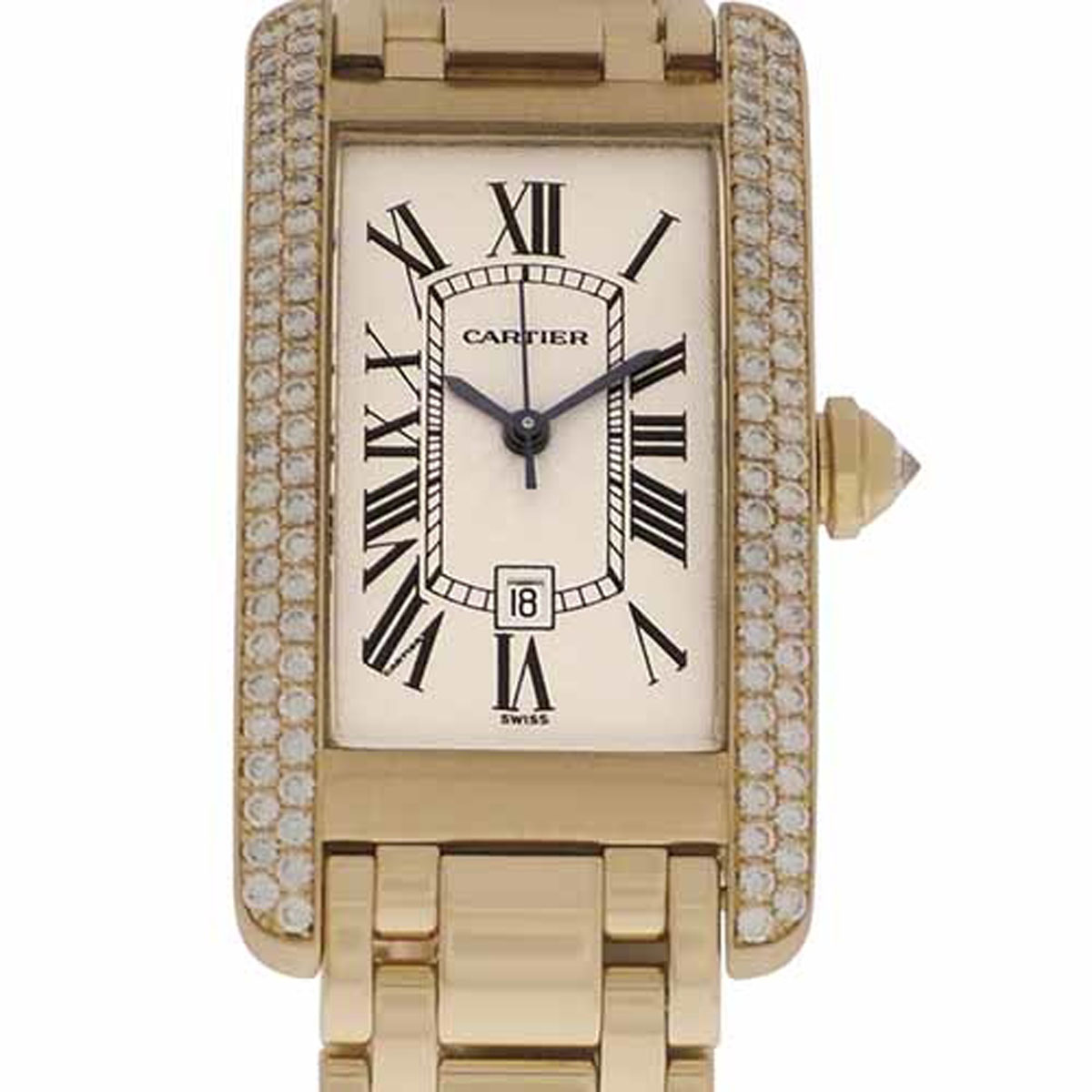Once you’ve decided to buy a watch or a piece of jewelry, your next question might be: what type of metal suits me? There is a lot of advice out there about skin tones and being a “cool” or “warm” color, but your decision should be based more on what appeals to you and your price range.
Platinum power
Platinum, the most rare of the precious metals, has a grayish-silver tone. It is a very hard metal, measuring 4.5 on the Mohs scale. The platinum used in jewelry and watches is 95% pure. Diamonds are very often set in platinum as its durability provides security. Its neutral color enhances the radiance and fire of diamonds. Platinum is a favorite for engagement rings and wedding bands, with its long-lasting quality a testament to enduring love. Watchmakers choose platinum watch cases most often for their highly-complicated pieces, matching the value of the watch’s movement within, and providing a secure casing for intricate mechanics. Platinum is also a metal prized by some “purist” watch collectors. It can be found in more simple mechanical pieces by top makers, for example, the Patek Philippe Calatrava Ref. 5196, a relatively simple mechanical time-only watch.


The many shades of gold
Gold has fascinated jewelers and watchmakers for centuries. Pure gold is very malleable, so it is usually combined with other metals including silver and copper to enhance its strength and create varying colors. Gold comes in a few different hues and generally two levels of purity. Colors of gold include rose, yellow and white, with some sub-variations in the yellow and rose colorations. Gold can also be found in green and olive shades, but these are rare and generally not commercially available. Gold purity is measured in karats. Most common are 18 karat (75% gold) and 14 karat (58.5% gold).
Read more here.
The allure of white
White gold is a great backdrop for diamonds, as its white color allows the spectrum of colors in the diamond to shine without interference. White gold jewelry is very popular and is used in setting sapphires and pearls, again, to provide a color-neutral backdrop to further enhance the color of the gemstone.
In watches, white gold is used for casing precious mechanical movements and setting stones on ladies’ watches. In the 1900’s, high-end Swiss watchmaking companies would never consider putting a high-end mechanical movement in a stainless steel case, as it was not equal to the value of the movement of the watch. Sports watches were the exception: today, many top watchmakers are encasing higher-end mechanical movements in steel, which is much less expensive than gold and can bring the price of a good watch down considerably.
Yellow gold is always popular
Yellow gold has been the most popular and enduring shade of gold, especially in jewelry. Yellow gold chains make beautiful bracelets and necklaces and the variety of designs available are plentiful and would certainly suit any taste. Gold hoop earrings and smaller studs are considered a staple in almost any woman’s jewelry wardrobe.
Yellow gold’s popularity in watches has fluctuated over the decades. Swiss watchmakers favored rose gold for the early men’s pocket and wristwatches. Yellow gold gained a stronger foothold in the early 20th century and seemingly reached its apex in the 1980’s, when a yellow gold Rolex was a major status symbol. A yellow gold watch that is recognized the world over and has stood the test of time is the Cartier Louis Cartier Tank watch, available for both men and women.
We have plenty of CartierTanks.


TESTIMONIAL
“My experience buying a pre-owned Rolex from Palisade Jewelers was perfect. I did the transaction by phone. The watch arrived, exactly as described; they gave me good, attentive service.”
- Richard
CALL OR COME
SEE US
Visit our store for a personal consultation with our watch and jewelry experts.




